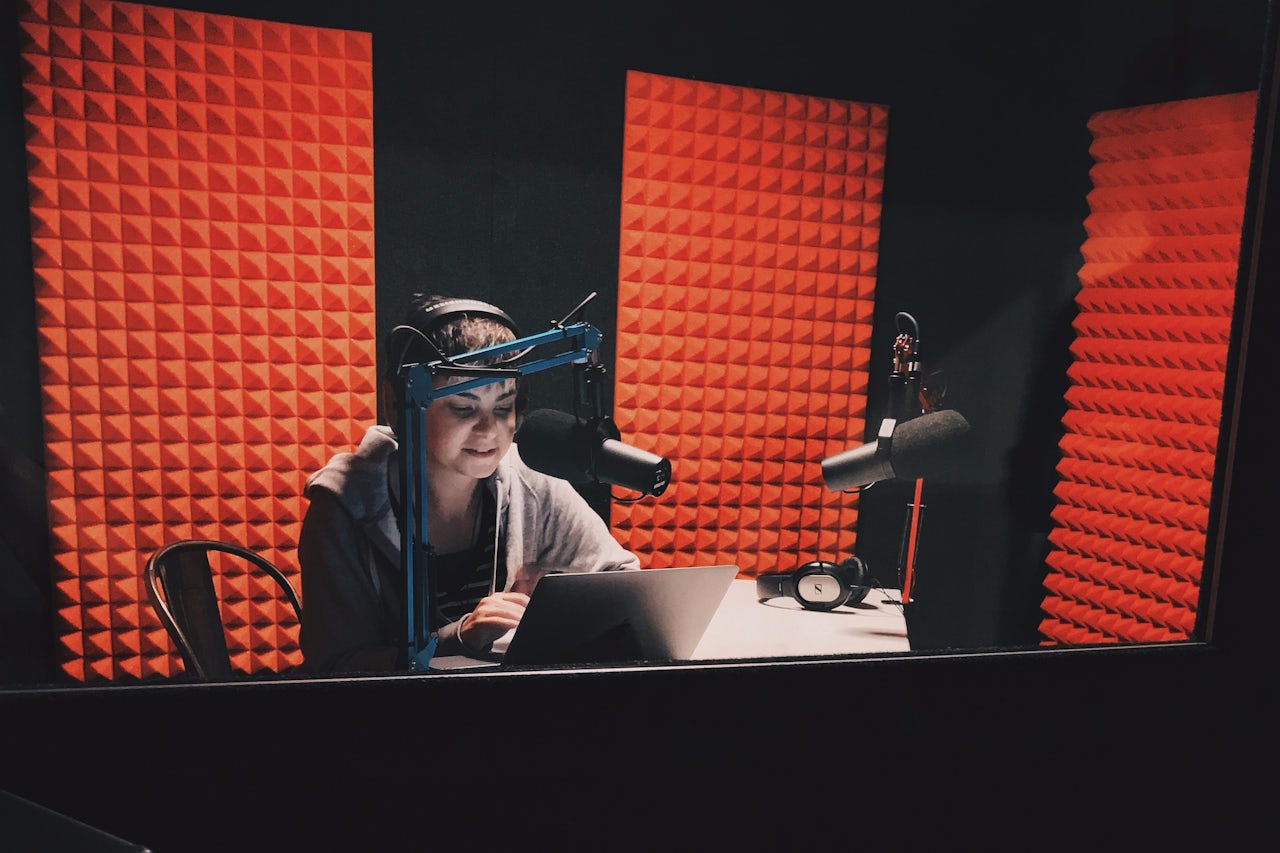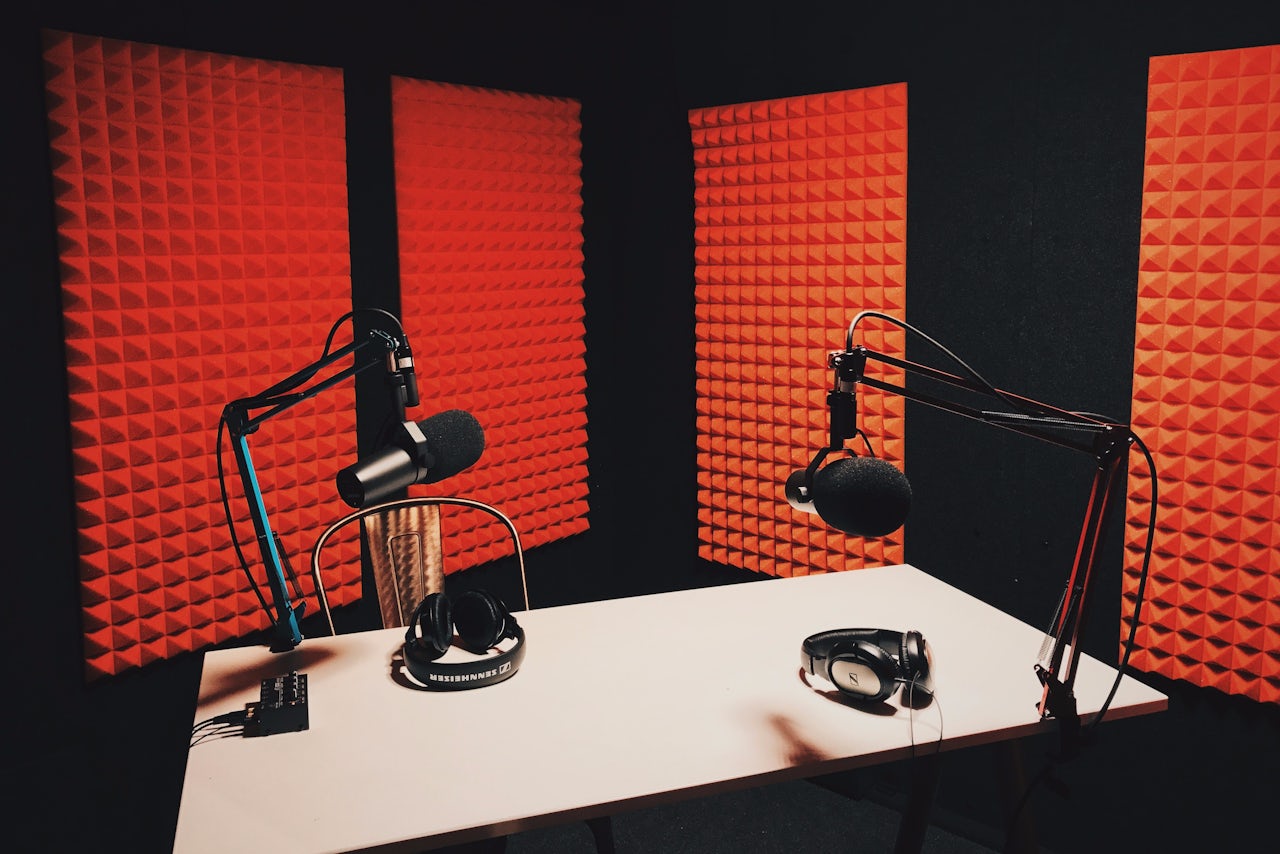Last week, during Apple’s annual Worldwide Developers Conference, a new version of Apple’s Podcasts app was announced. A lot of the changes to the app are cosmetic; there’s more whitespace and show art is bolder. But the bigger shift is that Apple will now be providing podcasters with in-depth listening data, including how many users actually play episodes they’ve downloaded, and what parts of those episodes they skip. It sounds great; who doesn’t love a good line graph? But these changes highlight the fact that the podcasting industry is completely beholden to Apple’s platform.
Apple has had a de facto monopoly on the podcast industry for a long time. Since 2005, Apple has maintained a directory of shows. It’s essentially a fancy list of podcasts, and a quick way to search for them, rate them, and subscribe to them in iTunes or the Podcasts app, which comes installed on iPhones. This directory has become the canonical list of podcasts across the internet. In fact, other podcast apps simply scrape the Apple directory to populate their own directories.
That monolithic status, coupled with the fact that every iPhone user already has the app on their phone, means that Apple Podcasts — formerly the podcast category in iTunes — is absolutely the most important endpoint for podcasts. For most shows, the majority of downloads or streams occur inside the Apple Podcasts system. A 2015 report by social audio app Clammr found that 80 percent of iOS podcast listening happens in the Podcasts app.
Until now, podcasters have basically only had one metric by which to gauge success: downloads for a given episode. They may also be able to see what app it was downloaded in, and where it was downloaded geographically, but that’s it. (That’s why so many podcast ads ask you to use offer codes during your purchase; it’s the only way they can know if anyone actually heard the ad, and which shows are sending them more customers.)
Reviews and star ratings have been conspicuously missing in screenshots and demos of the new Podcasts app as well. This is an early beta, so it's possible they will return before launch. If they've been removed for good, however, that would suggest even more emphasis on the new analytics in ranking and surfacing podcasts in the app.
So when Apple flips the big red switch on in-show user data later this year, you can bet that advertisers will be very interested in knowing how many ears their ads are actually reaching. In this graph from Apple’s WWDC presentation, you can see a couple small dips in listeners-over-time. We can surmise that ads happened during those dips, and that listeners skipped over them. We also see the “Abandonment Point,” which is presumably the average timestamp in an episode where people bailed on listening.
There has been a lot of hand-wringing in the podcasting industry in reaction to this news. Podcasts have traditionally been deeper, more thoughtful, and more dependent on consistent, loyal audiences than much of what is on the open web. Could the introduction of more detailed analytics skew the podcasting world toward the audible version of clickbait? What would that even sound like? Will shows become shorter?
If these features ship as described, podcasting as we know it is probably dead. Curious to see what new form it takes.
— Anil Dash (@anildash) June 10, 2017
It’s probably unlikely that this change will turn the podcasting world into Upworthy for your ears. But what this change does show is how much the podcasting world is beholden to Apple Podcasts. For some, the new data will bring new advertisers and greater paydays. But with one huge company in control of so much of the industry, it's possible the numbers will cause a reckoning.



